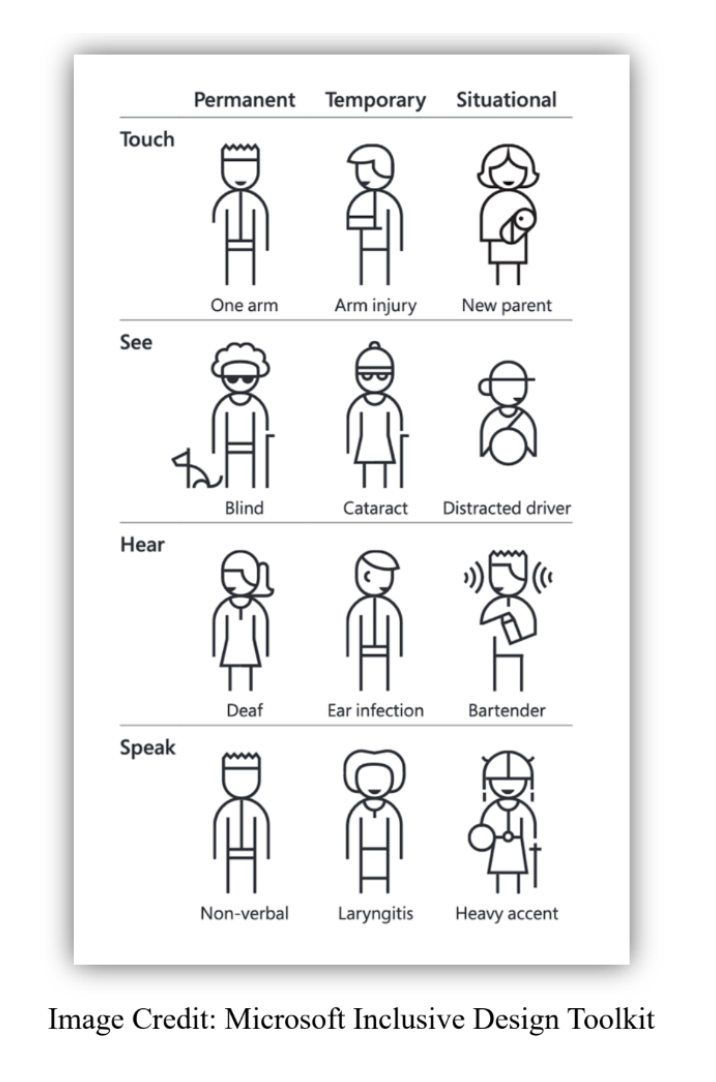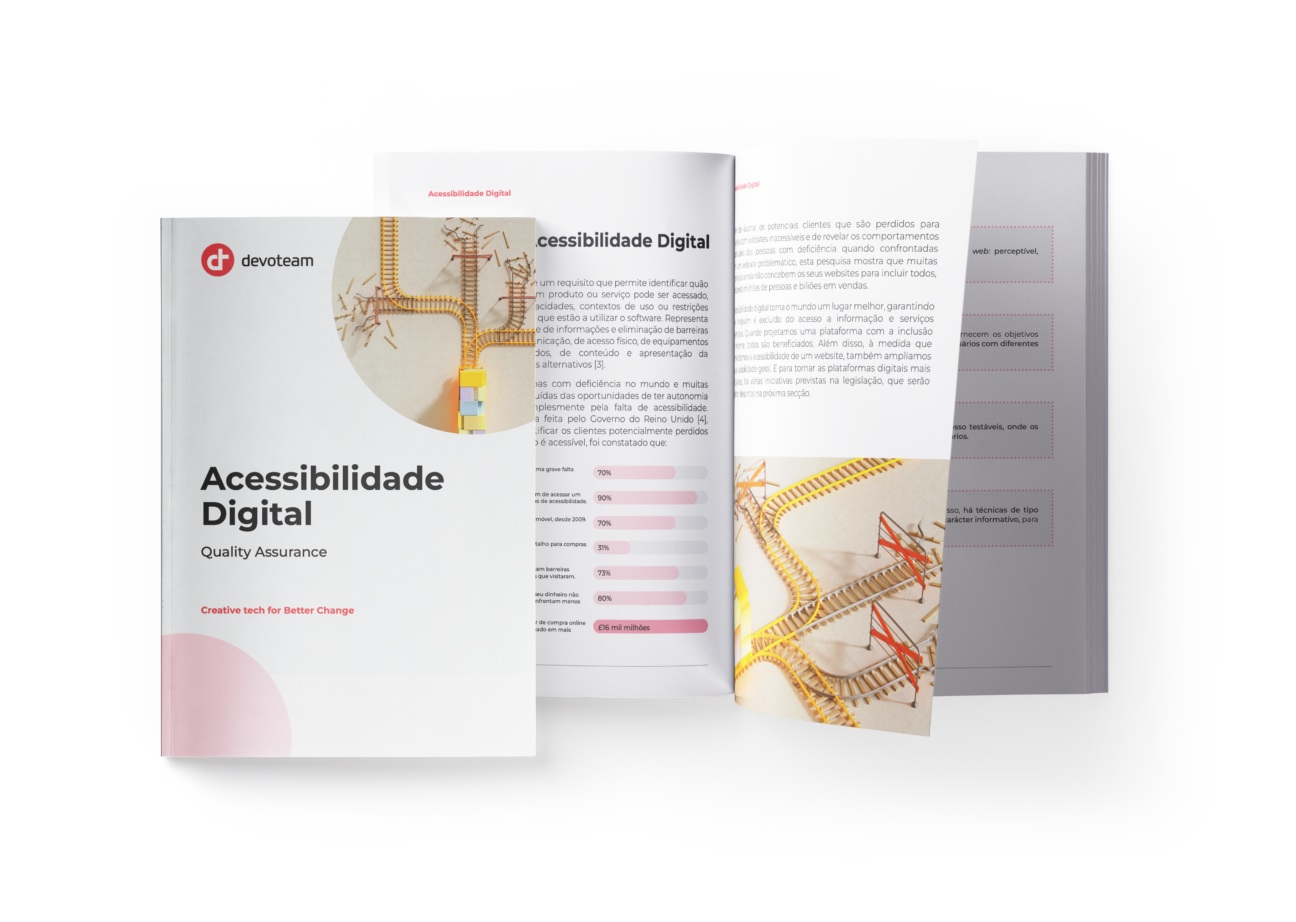According to the World Health Organization (WHO), an estimated 1.3 billion people experience significant disability, representing 16% of the world’s population. In a rapidly evolving digital world, accessibility is a fundamental concept that ensures that everyone, regardless of their physical or cognitive abilities, can fully participate in society, including the use of digital platforms.
In this context, Digital accessibility refers to the right to access the information network and aims to eliminate communication barriers by providing suitable programs, content, and alternative formats for information. To better understand the importance of digital accessibility, we will delve into a common scenario: when do we need captions?
Captions are an essential component of digital accessibility, benefiting a wide array of individuals, including:
- People with hearing impairment: Captions provide a textual representation of spoken content, making it possible for individuals who are deaf or hard of hearing to understand and engage with the information presented in videos.
- People with earaches or temporary hearing issues: Situations like earaches can make it painful or impossible to use audio. In such cases, captions become invaluable for accessing content comfortably.
- Professionals in meetings or public spaces: There are times when individuals need to watch a video discreetly during a meeting, in a library, or any public space where enabling sound isn’t feasible. Captions enable them to follow the content without disrupting their surroundings.
Considering the Persona Spectrum, we must understand that accessibility requirements encompass a broad spectrum of permanent, temporary, and situational scenarios. Microsoft’s toolkit offers a visual representation to better foster empathy and highlight the scalability of accessibility solutions.

Inclusive digital products have the power to widen the horizons of experiences, making them accessible to a more diverse range of abilities. Our society is in a constant state of evolution, and it’s essential that our digital platforms reflect this diversity. Therefore, it’s our collective responsibility to reduce barriers through inclusive products, services, environments, and experiences.
Digital media plays a pivotal role in creating new opportunities for people worldwide. However, these opportunities will only be accomplished when we overcome the accessibility barriers that still persist on digital platforms. Surprisingly, many digital platforms continue to overlook accessibility guidelines.
The World Wide Web Consortium (W3C) has made a significant stride in addressing this issue by defining a comprehensive set of guidelines known as WCAG (Web Content Accessibility Guidelines). These guidelines are categorised into four principles: Perceivable, Operable, Understandable, and Robust. Each principle provides practical information to help create more accessible and user-friendly digital platforms. WCAG stands as the primary international standard for ensuring digital accessibility.
The good news is: implementing these guidelines is often simpler than we might initially imagine. By adhering to these principles, we can ensure that our digital platforms are welcoming and accessible to everyone, regardless of their abilities or impairments.
In our forthcoming articles, we will delve deeper into the specific guidelines outlined in WCAG, providing valuable insights and practical tips on how to create digital content that is truly accessible to all.
As we embrace digital innovation and transformation, let’s not forget that true progress comes when everyone has an equal opportunity to be part of the journey. Digital accessibility is the key to unlocking a future where no one is left behind.

Download the Digital Accessibility white paper, presenting the context, legal requirements, and some best practices to be adopted
